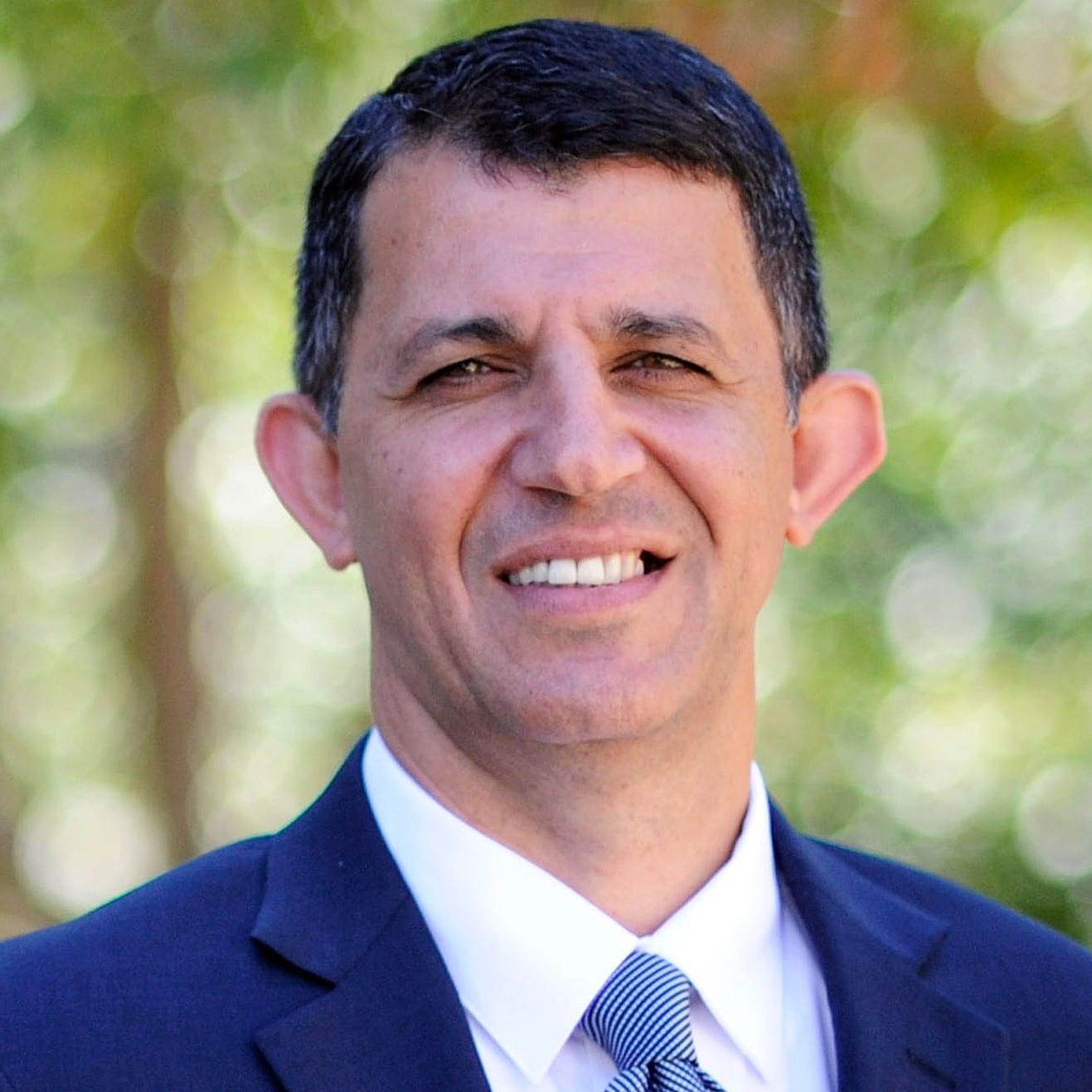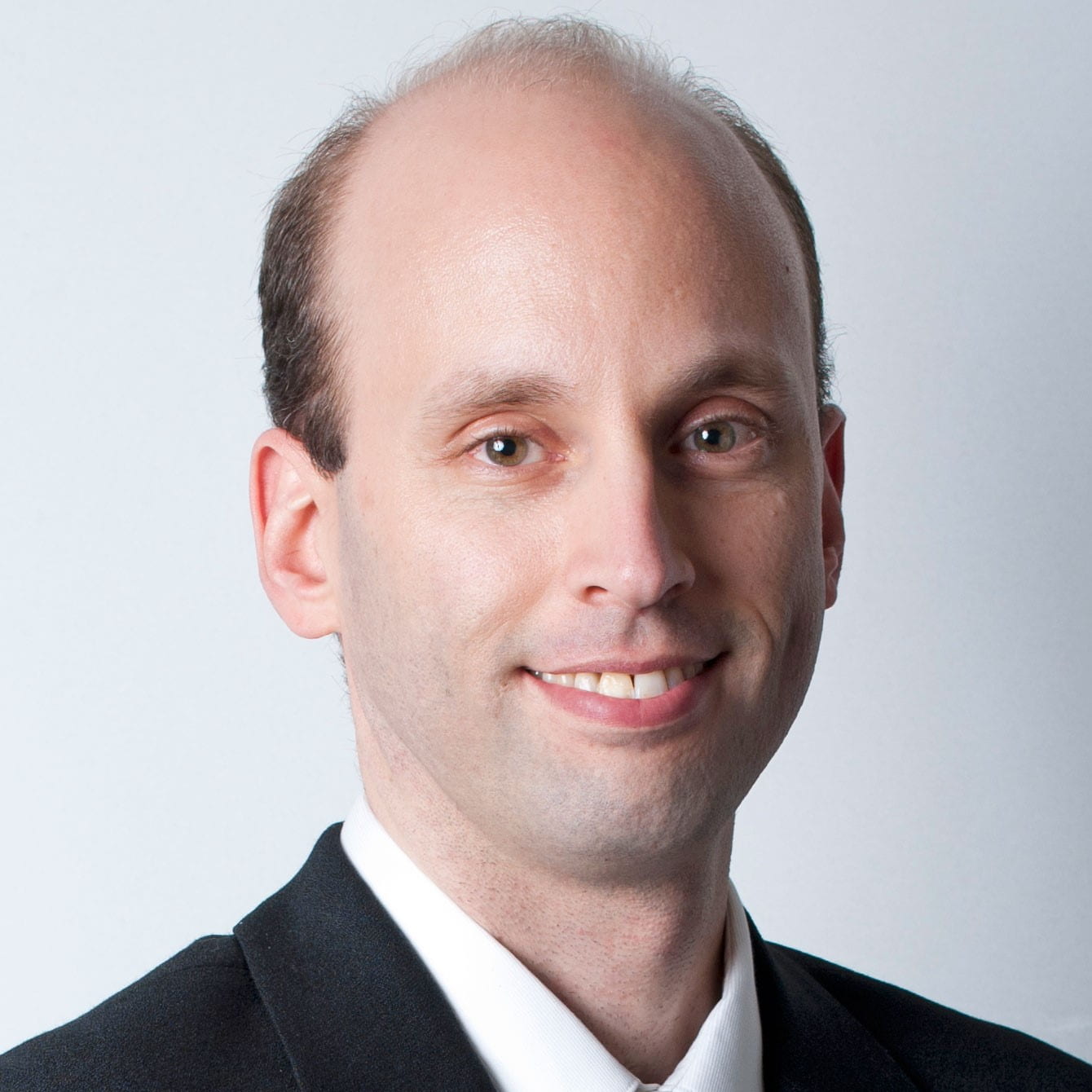Project 4
Portable, Self-Cleaning Advanced Electro-Oxidation Systems for Distributed and Point-of-Use Water Treatment
Study Objectives: The goal of this project is to develop and test a portable, low-maintenance, and self-cleaning water purification technology for both point-of-use and point-of-entry water treatment. A novel electro-Fenton (EF)-like Electrochemical Advanced Oxidation Process (EAOP) will be coupled with sorption using practical, cost-effective, environmentally friendly carbon-based porous cathodes. Two approaches will be implemented: 1) removal of organic mixtures from the water via adsorption by carbon-based electrodes, then regeneration of the adsorbent via application of the EAOP on the carbon-based porous cathode surfaces to locally generate reactive oxygen species (ROS); and 2) simultaneous application of adsorption and EAOP. The motivation for this work is the need to provide clean water to communities near Superfund sites in Puerto Rico that lack access to clean water after the devastation of Hurricane Maria in 2017, as well as the need for a water treatment technology that can be used in rural areas.
Study Approach: Laboratory studies will be conducted using water collected from the study area in Puerto Rico. Target chemicals will include chlorinated solvents, phthalates, pesticides, and polycyclic aromatic hydrocarbons (PAHs). Mechanistic studies will investigate continuous generation of ROS without addition of traditional catalysts (Pd, Fe) that are expensive, waste-producing, or potentially toxic. Instead, we will use three types of benign carbon-based cathodes: Granular Activated Carbon (GAC), Activated Carbon Fiber (ACF) and Granular Biochar (GB). Enhancement techniques that include polarity reversal and floating cathodes will be tested, and conditions that maximize continuous generation of ROS will be identified. Sorption characteristics of the three carbon-based cathodes will be measured, and EAOP’s ability to regenerate the sorption capacity of the cathodes and simultaneously oxidize aqueous contaminants will be tested. To improve understanding of transformation pathways and mechanisms, we will measure changes in concentration of target organics and analyze newly formed by-products. For these laboratory tests, water collected from Puerto Rico will be mixed with model contaminants and used for testing. The variations in toxicity levels and mechanistic profiles during the course of the electrochemically induced degradation will disclose potential causal agents and their links to the degradation pathways. Scaling of operational parameters and performance, geochemical and hydraulic parameters during operation, toxicity evolution, and potential adverse effects will be investigated. We will also assess the risk reduction efficacy of the process using a novel toxicogenomics-based toxicity assessment.
Expected Results: Based on this technology, a portable water, self-cleaning treatment system will be designed and tested on water samples from Puerto Rico. The system will be engineered for inclusion into both point-of-use and point-of-entry water treatment systems and can also be implemented in rural areas in the US mainland that are not connected to public water systems.

Akram Alshawabkeh
Northeastern University
Project Leader
a.alshawabkeh@northeastern.edu

April Gu
Cornell University
Biotechnology
aprilgu@cornell.edu

Phil Larese-Casanova
Northeastern University
Environmental Engineering
p.larese-casanova@northeastern.edu
